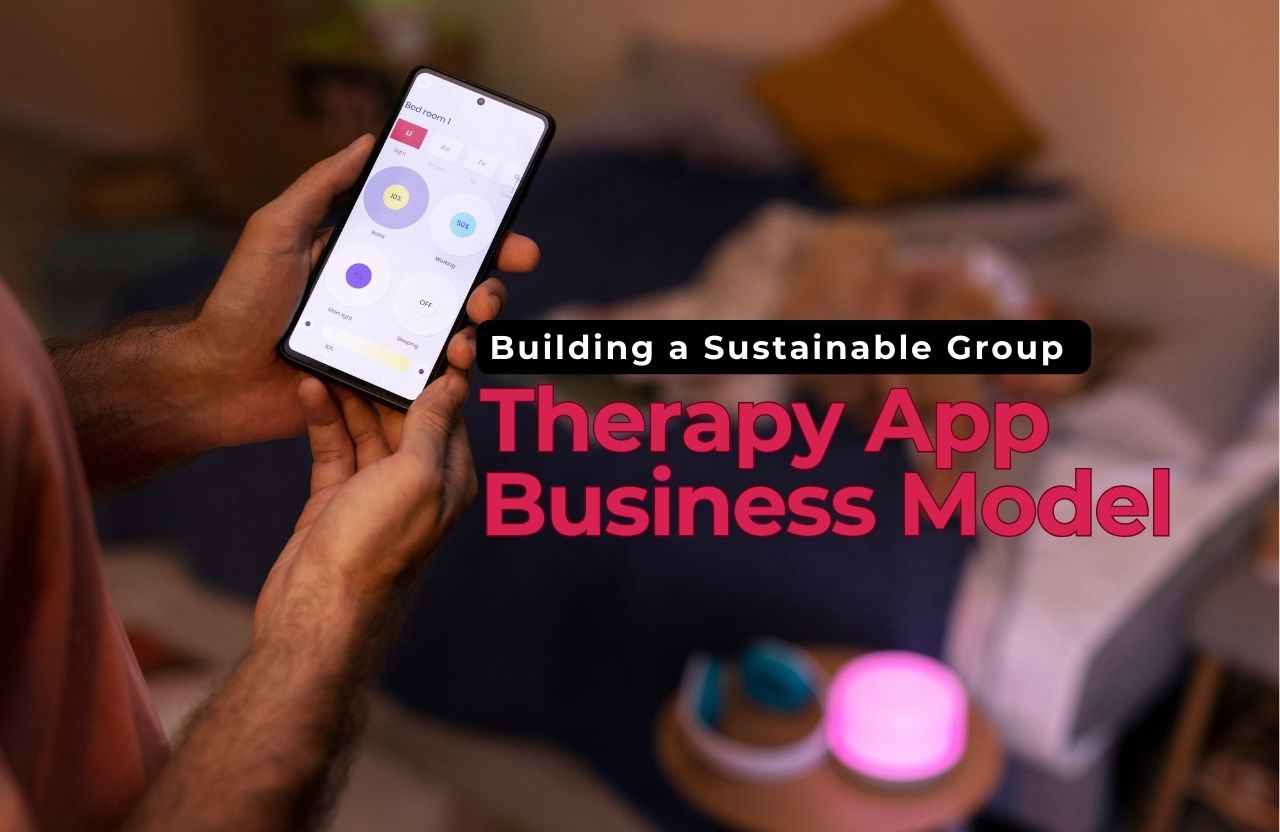In today’s competitive economic environment, attracting investors is more challenging than ever. Whether you’re a startup founder looking to raise seed capital or a seasoned entrepreneur planning your next big expansion, building a solid business case for investment is critical to securing the support and funding you need. A business case is not just a pitch, it’s a strategic document that tells a compelling story backed by data, research, and logic.
In this blog post, we will explore what makes a business case compelling, walk you through the step-by-step process of creating one, and highlight essential tips that help win investor confidence. By the end, you’ll have a clear roadmap for creating a powerful business case that stands out in a crowded marketplace.
What is a Business Case?
A business case is a formal document or presentation that outlines the justification for an investment or project. It answers the key questions investors want to know:
- What is the problem you’re solving?
- What’s your proposed solution?
- What are the benefits—financial and strategic?
- How much funding do you need and how will it be used?
- What are the potential risks and how will you mitigate them?
- What’s the expected return on investment (ROI)?
This is not a one-pager or a casual idea thrown around at coffee shops—it’s a well-researched, data-backed argument for why someone should trust your vision and put their money into it.
Why a Solid Business Case Matters
Investors receive hundreds of proposals. What separates the winners from the rest isn’t just the brilliance of the idea but the strength of the business case behind it.
A well-structured business case:
- Demonstrates professionalism and preparation
- Minimizes perceived risks for investors
- Provides clear projections and realistic expectations
- Builds trust in the team and business model
In essence, it’s your first proof of execution ability.
Step-by-Step Guide to Building a Solid Business Case for Investment
1. Define the Business Opportunity Clearly
Start by identifying the problem you’re solving or the market gap you’re addressing. Your business opportunity should:
- Be specific and relevant.
- Address a significant pain point in the market.
- Have a target audience that’s large and accessible.
Example:
“Small e-commerce businesses struggle with last-mile delivery inefficiencies, leading to a 20% increase in customer dissatisfaction. Our logistics tech solution reduces delivery time by 30%, resulting in higher customer retention.”
Use market research, industry reports, and surveys to back your claims.
2. Conduct a Market Analysis
Investors want to know that there’s a real and growing market for your product or service. Include:
- Market size and growth trends
- Customer segments
- Key competitors and your differentiation
- Regulatory and technological landscape
Use credible sources like IBISWorld, Statista, and industry whitepapers. Include graphs, tables, and visuals to make the information digestible.
3. Present a Clear Business Model
Your business model explains how you make money. It should include:
- Revenue streams (product sales, subscriptions, advertising, etc.)
- Cost structure (fixed and variable costs)
- Profit margins
- Pricing strategy
Tip: Use the Business Model Canvas to map out your approach. Investors need to see a sustainable, scalable, and repeatable model.
4. Build a Realistic Financial Forecast
One of the most scrutinized parts of your business case is your financial forecast. Include:
- Projected income statements (3-5 years)
- Cash flow statements
- Balance sheets
- Break-even analysis
Key metrics to highlight:
- Gross and net profit margins
- Customer acquisition cost (CAC)
- Lifetime value of a customer (LTV)
- Churn rate
- Burn rate (for startups)
Make sure your assumptions are clearly stated and grounded in real data.
5. Outline the Investment Requirements
Be transparent and specific about:
- How much funding you’re seeking
- How the funds will be used (product development, marketing, hiring, etc.)
- Milestones the funding will help you achieve
- Type of investment (equity, debt, convertible note)
Example:
“We are seeking $1 million in seed funding to complete MVP development, launch a targeted go-to-market strategy, and hire key engineering staff. This will allow us to achieve $300,000 MRR within 12 months.”
6. Explain the Return on Investment (ROI)
This is where you show investors what they’ll get in return and how soon.
Include:
- Revenue projections
- Exit strategies (acquisition, IPO, dividends)
- Valuation methodology
- Potential ROI and IRR (internal rate of return)
Use scenario planning: best case, expected case, and worst case.
7. Highlight Your Team’s Strength
Investors bet on people, not just ideas. Introduce your team:
- Founders’ backgrounds
- Key advisors and board members
- Previous successes
- Roles and responsibilities
Show why your team is uniquely positioned to win in this market.
8. Assess the Risks and Mitigation Strategies
No business is risk-free. Address potential risks honestly:
- Market adoption risk
- Technology failure
- Competitive threats
- Regulatory issues
- Talent gaps
Then, explain your risk mitigation strategies. This transparency boosts investor confidence.
9. Include a Go-To-Market (GTM) Strategy
Your GTM strategy explains how you plan to attract and retain customers. Solid business case. Include:
- Target market and buyer personas
- Sales strategy (B2B, B2C, channels, partnerships)
- Marketing approach (SEO, ads, social media, PR)
- Customer journey and retention tactics
Tip: Show some traction—early adopters, pilot programs, beta testers.
10. Use Data Visualization and Clean Design
Your business case should be easy to navigate and understand. Use:
- Infographics
- Charts and graphs
- Tables and frameworks (SWOT, PESTEL, etc.)
Avoid text-heavy slides or documents. Clarity and simplicity win.
Essential Tips to Make Your Business Case Stand Out
Tailor It to the Investor’s Interests
Understand your audience:
- Are they focused on tech?
- Do they prefer early-stage startups or growth companies?
- What sectors are they passionate about?
Customize your business case to align with their investment thesis.
Tell a Compelling Story
Numbers matter—but narrative sells.
- What inspired your business?
- Who are you helping?
- What impact are you making?
An emotional hook combined with logic is a powerful formula.
Show Early Validation
Even minimal traction—pilot programs, signed LOIs, waiting lists—goes a long way.
It proves that your idea is viable, not just theoretical.
Be Transparent and Honest
Don’t overinflate numbers or hide risks. Investors are experienced—they can spot fluff.
Transparency builds long-term trust and lays the foundation for a strong relationship.
Keep It Concise, Yet Comprehensive
While your business case might be over 20 pages, avoid unnecessary filler. Every section should serve a purpose.
Have both a detailed version and an executive summary ready.
Common Mistakes to Avoid
- Overly optimistic projections without backup
- Missing or vague financials
- Not knowing your competition
- Weak understanding of your own business model
- Ignoring potential risks
- Underestimating capital requirements
Preparation is everything anticipate questions and prepare strong answers.
Conclusion: Turning Vision into Reality
Building a solid business case for investment isn’t just about convincing others—it’s about clarifying your own vision. When you take the time to structure a powerful case, you gain a deeper understanding of your market, business model, and potential.
Remember: the most successful founders are not just dreamers they’re disciplined executors.
With the right preparation, a compelling story, and a data-driven plan, your business case can open the doors to the capital and connections you need to thrive.
Need Help Building Your Business Case?
We specialize in helping entrepreneurs craft investor-ready business cases, pitch decks, and financial forecasts. Whether you’re raising your first round or preparing for expansion, our team is here to support you.
Reach Ourbusinessladder for a consultation. Let’s bring your vision to life.













